1. Coastal Properties Are Losing Value

Coastal properties, once considered prime real estate, are now facing a decline in value due to the growing threats of climate change. Rising sea levels and an increase in severe weather events have made these areas more susceptible to flooding and storm damage. As a result, insurance premiums for coastal homes have surged, adding significant costs to property ownership. Buyers are becoming more cautious, with many steering clear of high-risk zones altogether. The financial burden of flood mitigation measures, such as seawalls or elevating homes, has further reduced the appeal of coastal living.
In some areas, these risks have led to a noticeable drop in demand, resulting in stagnant or declining property values. Many prospective buyers are shifting their focus to inland regions that are less vulnerable to climate-related disasters. Additionally, updates to federal flood maps have placed more properties in high-risk categories, making them even harder to insure or sell. Communities that depend on the allure of coastal properties are now grappling with how to maintain their real estate markets. For more insights into how climate change is impacting coastal properties, visit NOAA. The risks associated with coastal real estate are forcing buyers to rethink their priorities, reshaping housing trends across the nation.
2. Resilient Housing Is Becoming Essential
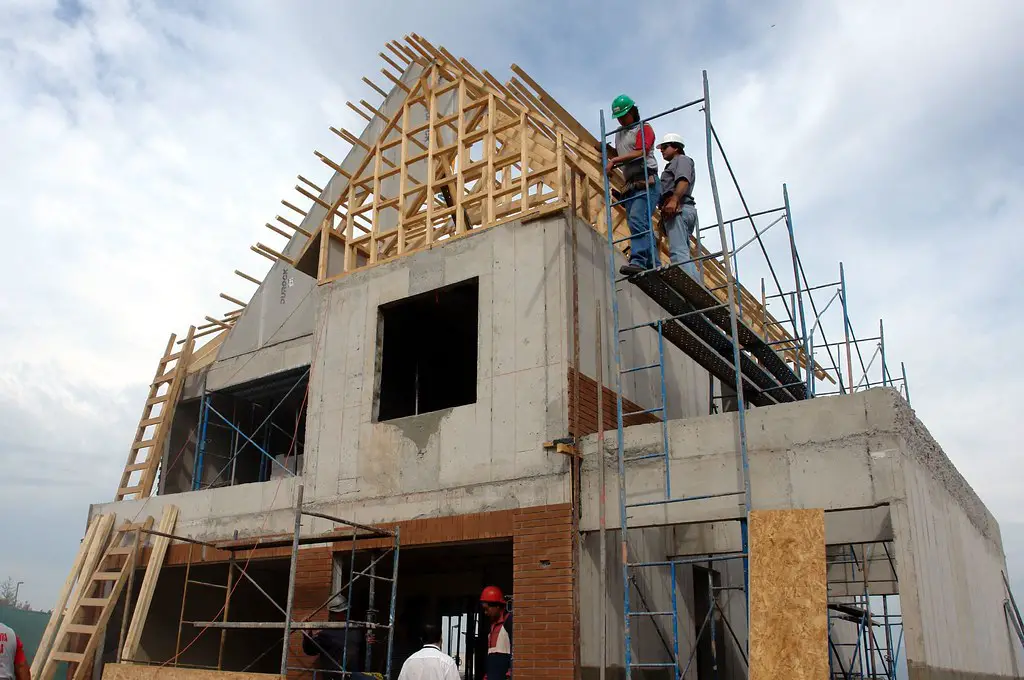
The increasing frequency of extreme weather events has made resilient housing a top priority for modern homebuyers. Homes built to withstand hurricanes, wildfires, and flooding are becoming a key focus in vulnerable regions. Features such as reinforced roofs, impact-resistant windows, elevated foundations, and fire-resistant materials are no longer optional—they are often deal-breakers for buyers. These upgrades provide peace of mind, as they not only protect the property but also reduce long-term costs associated with repairs or rebuilding. For sellers, homes with resilience-focused designs and materials often command higher prices and sell faster.
Developers are also taking note, incorporating these features into new construction projects to meet rising demand. In addition, state and federal programs are beginning to incentivize resilient construction, offering grants or insurance discounts for homes with these protections. Buyers increasingly recognize that investing in a resilient home is a safeguard against future risks. According to FEMA, homes designed to withstand natural disasters experience less damage and often recover more quickly after an event. This shift toward resilient housing is shaping the future of construction, ensuring homes can endure the challenges posed by a changing climate.
3. Urban Heat Is Driving Relocation

As urban areas experience more intense and prolonged heat waves, many residents are opting to relocate to cooler and less densely populated regions. Cities with insufficient green spaces, outdated cooling infrastructure, and excessive heat-absorbing surfaces are becoming less desirable. The urban heat island effect, where city temperatures are significantly higher than surrounding rural areas, exacerbates the problem. This phenomenon has led to increased energy bills as residents rely heavily on air conditioning to stay comfortable.
Suburban and rural communities with cooler climates and lower energy demands are attracting those looking to escape the heat. Cities that prioritize planting trees, expanding parks, and implementing cooling strategies are faring better in retaining residents. However, those slow to adapt are seeing population declines and drops in property demand. Rising temperatures are particularly challenging for older adults and individuals with health conditions, further motivating relocation. For cities struggling with heat waves, the lack of affordable cooling solutions compounds the issue. To learn more about urban heat and its impacts, visit EPA. The intensifying heat in urban areas is reshaping housing dynamics, with more people choosing suburban comfort over city convenience.
4. Renewable Energy Features Boost Home Appeal
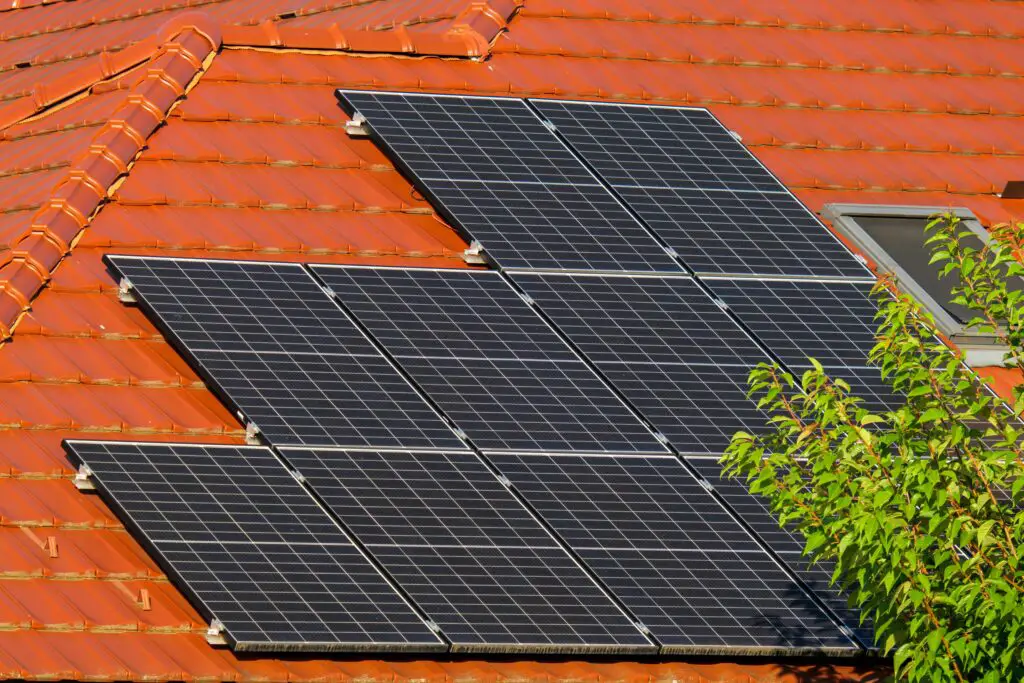
Incorporating renewable energy features into homes is no longer just a trend; it has become a significant factor in their marketability. Solar panels, energy-efficient windows, and smart home energy systems are increasingly sought after by buyers aiming to reduce their environmental impact. These features not only enhance sustainability but also provide long-term financial savings by lowering utility bills. Homes equipped with renewable energy technologies are particularly appealing in areas where electricity costs are rising. In some markets, homes with solar installations have been shown to sell faster and at higher prices compared to those without.
Many states now offer tax incentives and rebates to homeowners who invest in renewable energy systems, making these upgrades more accessible. Buyers are also drawn to the added resilience that energy-efficient homes provide during power outages or extreme weather events. Beyond cost savings, these features align with the growing emphasis on environmental responsibility. Developers are responding to this demand by integrating renewable energy into new construction projects. According to Energy.gov, homes with renewable energy features are becoming the new standard as buyers increasingly prioritize sustainability. The shift toward green energy is reshaping the real estate market, making eco-friendly homes a must-have for many.
5. Wildfire-Prone Areas Are Losing Popularity

Regions prone to wildfires are witnessing a decline in desirability as buyers weigh the associated risks. The devastating fires of recent years have highlighted the challenges of living in these areas, from property destruction to poor air quality. As wildfire risks increase, insurance premiums in these regions have skyrocketed, making homeownership less affordable. Stricter rebuilding codes and regulations have also added to the financial burden for residents. Potential buyers are increasingly turning their attention to areas that are less vulnerable to fire-related disasters.
Homes in fire-prone areas now need fire-resistant upgrades, such as ember-proof roofs, fire-retardant landscaping, and defensible space zones, to attract cautious buyers. However, even these measures may not be enough to offset the perceived risks. The real estate market in these regions has seen slower sales and stagnant prices compared to safer areas. Many homeowners in wildfire zones face the difficult decision of whether to invest in costly upgrades or relocate entirely. For a deeper understanding of wildfire impacts on housing, check out Cal Fire. The growing risks and costs associated with wildfires are pushing buyers toward safer, more stable regions.
6. Water Scarcity Is Reshaping Preferences
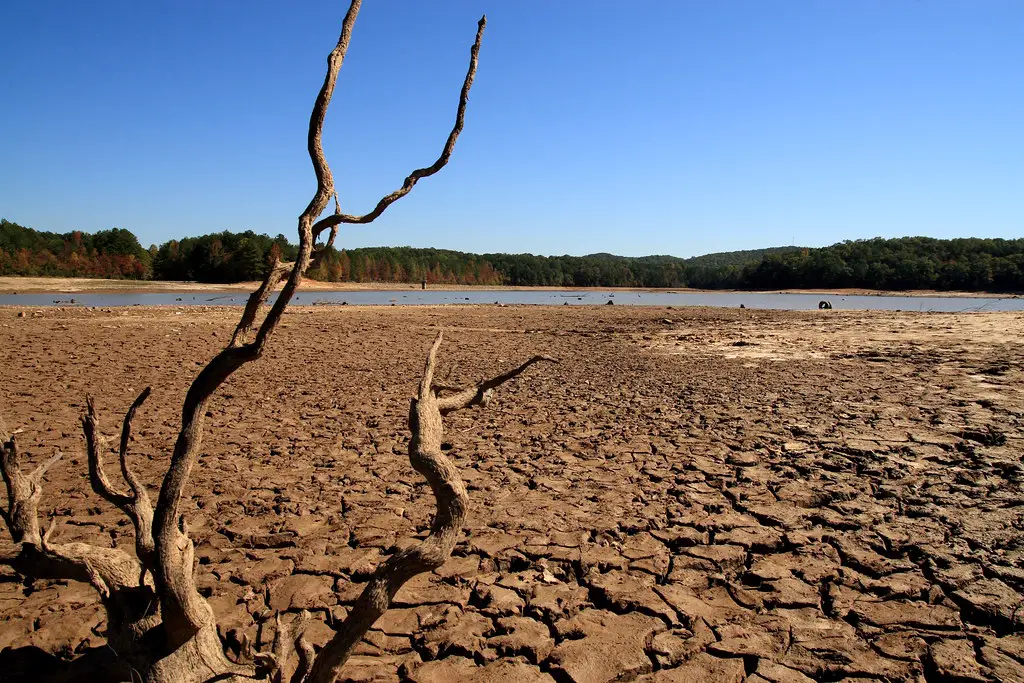
As droughts and water restrictions become more prevalent, homebuyers are reevaluating the desirability of properties in water-scarce regions. States like California, Arizona, and Nevada have seen a decline in demand for homes where water availability is unreliable. Buyers are increasingly prioritizing properties equipped with water-efficient features, such as xeriscaping, drought-tolerant plants, and rainwater harvesting systems. These upgrades not only conserve water but also help homeowners save money on their utility bills. Additionally, communities with sustainable water infrastructure, such as advanced irrigation systems or desalination plants, are becoming more attractive to environmentally conscious buyers.
The rising costs of water in drought-stricken areas further discourage potential homebuyers. Conversely, regions with abundant and reliable water resources are seeing a surge in demand, driving up property values. For those living in water-scarce areas, maintaining a lush lawn or garden has become an expensive luxury. Many developers are responding to this trend by creating water-smart communities with features designed to minimize consumption. To explore how water scarcity is influencing real estate, visit World Resources Institute. The increasing importance of water security is reshaping homebuyer preferences and redefining real estate markets.
7. Flood Zones Are a Growing Concern
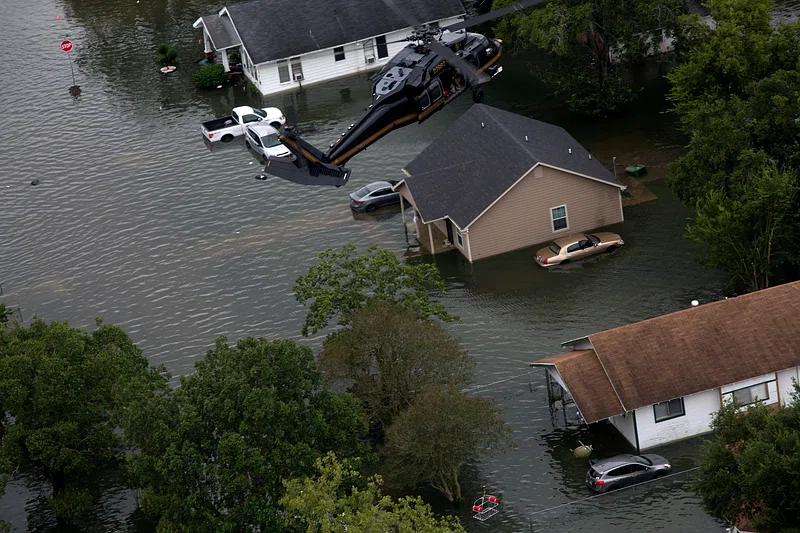
As climate change continues to drive more extreme weather events, flood zones have become a growing concern for homebuyers. Intense storms, rising sea levels, and updated flood maps are pushing more properties into high-risk flood areas, resulting in higher insurance premiums and increased concerns about property damage. Homes in these areas are now seen as less desirable due to the financial burden of flood insurance, which can be costly and difficult to obtain. As more homes are classified as being in flood-prone areas, buyers are looking for properties with flood-resistant features, such as elevated foundations, flood barriers, and sump pumps.
In some cases, buyers are even choosing homes outside flood zones to avoid the risks and long-term costs associated with living in these high-risk areas. With climate models predicting more frequent and severe flooding in the future, many potential buyers are shifting their focus to homes located outside flood zones, which are perceived as safer and more stable investments. In response, developers are beginning to design homes with better flood mitigation systems to attract cautious buyers. According to FEMA, homes in flood-prone areas face increasing insurance costs and potential long-term damage, making properties with flood-resistant features a more attractive choice. The concern over flood risks is reshaping how buyers assess the long-term value and safety of a property.
8. Climate Migration Is Changing Markets
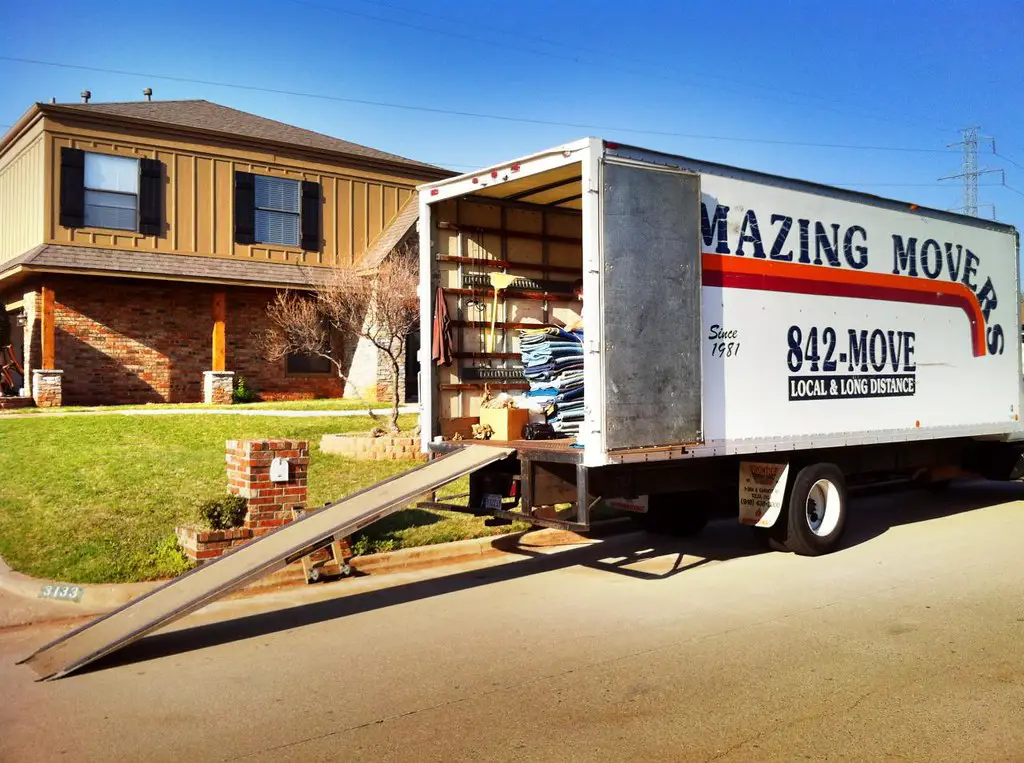
Climate migration is becoming a significant factor in reshaping housing markets across the United States. As certain regions become increasingly vulnerable to the effects of climate change, such as rising sea levels, droughts, or extreme weather events, people are moving to areas with more stable climates. States like Maine, Colorado, and Vermont are experiencing population surges as individuals and families seek refuge from regions with worsening climate conditions. This influx of new residents has driven up demand for housing in these states, leading to rising property values. In areas with stable climates, housing markets are thriving as buyers prioritize safety and stability over traditional factors like job opportunities or urban amenities.
However, this migration trend is also creating new pressures on housing markets in previously quiet or affordable regions. As demand for homes grows in these safe havens, home prices are increasing, potentially pricing out long-time residents. This shift is altering local economies, as these new arrivals bring different industries and workforce demands. According to The Brookings Institution, climate migration is a growing trend that is significantly reshaping housing markets, pushing up demand in areas with more favorable climates. As the climate crisis continues to evolve, this migration pattern is expected to have long-lasting effects on regional housing trends.
9. Green Building Practices Are Becoming the Norm
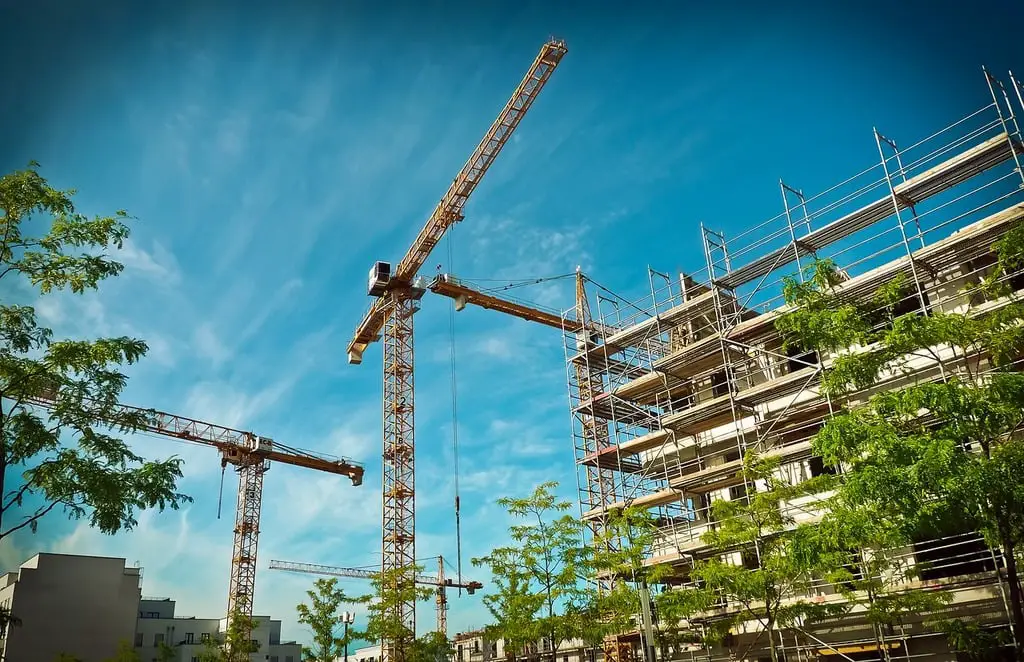
Eco-friendly homes designed with sustainable materials and energy-efficient systems are becoming the standard in the real estate market. As awareness of environmental issues grows, more homebuyers are prioritizing homes that are built with green building practices. Homes with certifications such as LEED (Leadership in Energy and Environmental Design) are becoming increasingly popular, as these properties meet rigorous standards for energy efficiency, water conservation, and the use of sustainable materials. Green building not only benefits the environment but also offers homeowners long-term cost savings through reduced utility bills and increased home value.
Builders are responding to this demand by incorporating energy-efficient appliances, solar panels, and advanced insulation into their designs. The rise in green building practices is also supported by government incentives, such as tax credits and rebates, which encourage homeowners to invest in sustainable features. As the market for eco-friendly homes expands, developers are increasingly adopting sustainable practices to stay competitive. Buyers are also becoming more educated about the benefits of green homes, such as improved indoor air quality and a smaller carbon footprint. For more on green building trends, visit USGBC. The push for sustainability is driving innovation in construction and changing the way homes are built and marketed.
10. Rising Insurance Costs Are Altering Budgets
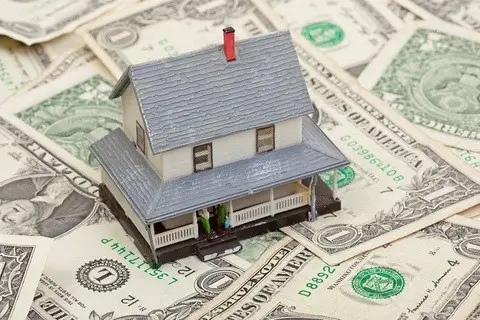
In areas prone to natural disasters, rising insurance costs are having a significant impact on homebuyers’ budgets. As the frequency and intensity of storms, wildfires, and floods increase, insurance premiums are rising sharply, making it more expensive to own a home. Homebuyers in high-risk areas, such as coastal zones and wildfire-prone regions, are facing insurance costs that can add thousands of dollars to their annual expenses. This increase in insurance premiums has led many buyers to reconsider properties in areas that have historically been more affordable but are now viewed as riskier investments. Insurance companies are tightening their policies and coverage options, further driving up costs for homeowners.
As a result, buyers are becoming more cautious, factoring in the rising cost of insurance when calculating their overall budget. In some cases, the cost of insurance can even make it impossible for buyers to afford a particular property, especially when combined with mortgage payments and property taxes. To learn more about how insurance is impacting real estate, check out Insurance Information Institute. Rising insurance costs are a growing concern for homebuyers, influencing where and what properties they can afford.
11. Infrastructure Adaptations Are Shaping Demand
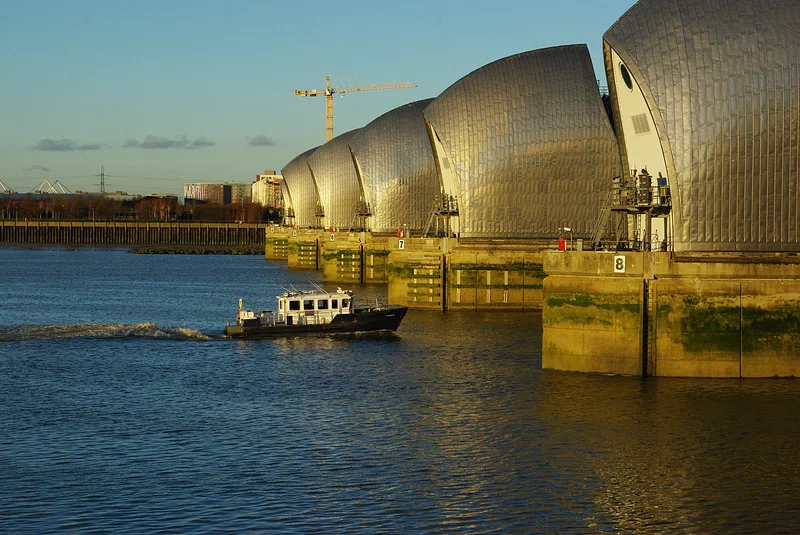
Cities that are taking proactive steps to adapt to climate change by implementing infrastructure changes are seeing property values stabilize or even increase. Investments in flood barriers, cooling systems, and other climate-adaptive strategies are helping to mitigate the effects of rising temperatures and extreme weather. These proactive measures make cities more resilient and can increase the attractiveness of properties in these areas. Buyers are increasingly drawn to areas where local governments are investing in climate-resilient infrastructure, as it provides peace of mind and long-term stability.
Conversely, cities or regions that are slow to adapt to climate challenges are seeing a decline in property demand, as buyers worry about potential risks. Urban areas with updated infrastructure offer better protection against climate-related events, leading to a stronger real estate market. Areas without these adaptive measures are becoming less appealing, as buyers seek safer, more reliable living environments. As cities implement climate-resilient infrastructure, they are not only improving livability but also fostering stronger housing markets. For more on how infrastructure is influencing real estate, visit Urban Land Institute. Climate adaptation efforts are reshaping where people choose to live, with infrastructure investments playing a critical role in market demand.
12. Inland Areas Are Experiencing a Boom
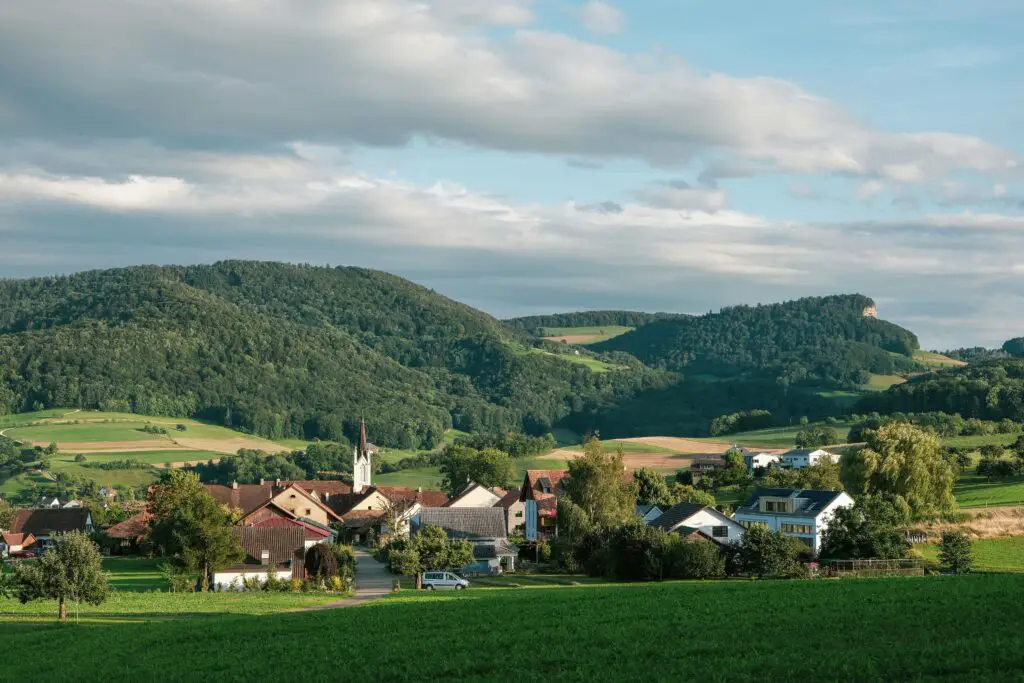
As climate change increases the risks in coastal and other vulnerable regions, many homebuyers are turning their attention inland. Previously overlooked cities and towns are now experiencing a surge in population as people seek refuge from climate-related challenges. These inland areas are seen as safer from natural disasters like hurricanes, wildfires, and flooding, making them an attractive option for buyers looking for stability. As more people relocate, demand for housing in these areas is rising, leading to price increases and a revitalization of local economies. Many inland regions that once had lower property values are now experiencing rapid growth, with new businesses, infrastructure projects, and job opportunities following the influx of residents.
As remote work becomes more prevalent, people no longer need to live near traditional job hubs, allowing them the freedom to relocate to areas with a lower cost of living and more favorable climate conditions. This migration to inland areas is altering the housing dynamics of entire regions, shifting demand away from traditional coastal hotspots. Local governments are often welcoming this growth by investing in infrastructure, housing, and other resources to accommodate the new population. For more on how climate migration is affecting housing markets, check out Pew Research Center. The shift toward inland areas is not only reshaping housing markets but is also transforming local economies and communities.
